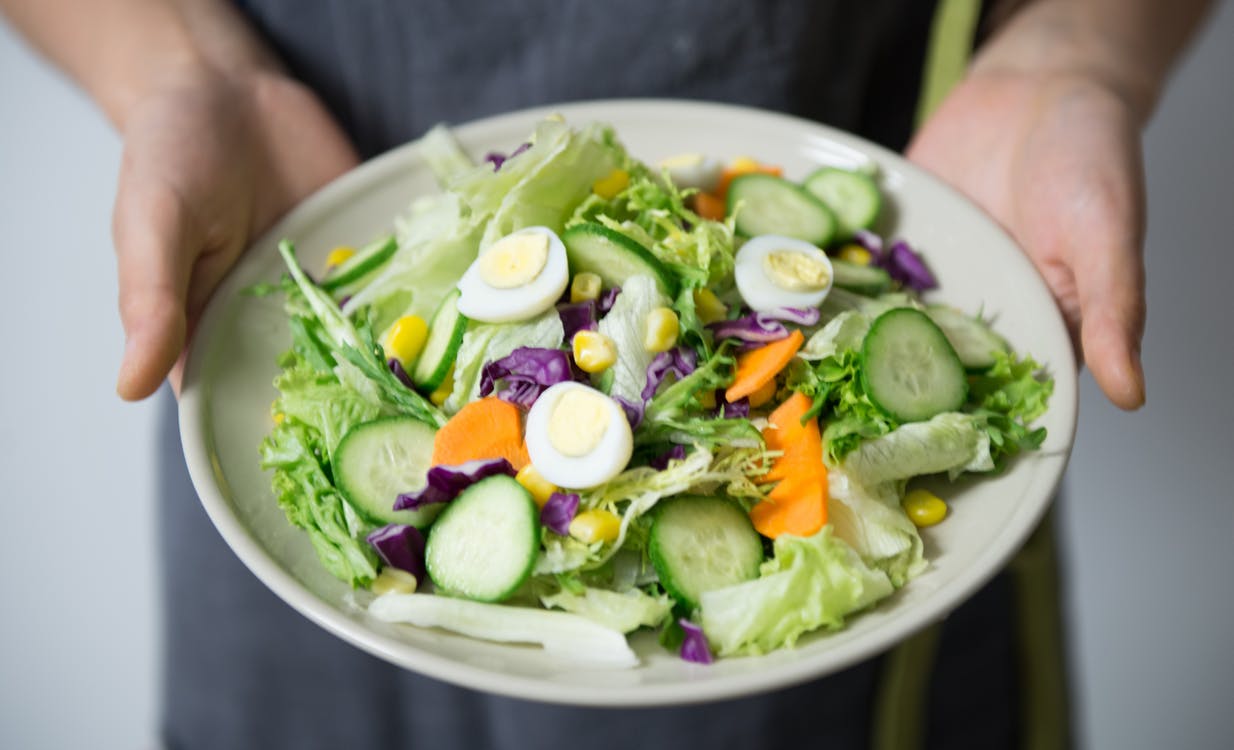
What To Know About the Low-Residue Diet
Individuals that struggle with inflammatory bowel disease (IBD), Crohn’s disease, gastroesophageal reflux disease (GERD), ulcerative colitis, or other digestive conditions may be able to reduce or diminish symptoms by simply changing their diet. What you put into your body, and how you nourish your body matters in healthcare outcomes — especially for the individuals struggling with one or more of the conditions listed above. Changing your eating habits or eliminating certain foods from your diet entirely may help reduce the effects or symptoms of gastrointestinal disorders
What Is a Low-Residue Diet?
A low-residue diet — also known as a low-fiber diet — is essentially a change in food consumption that strategically limits or avoids foods that are high in fiber. Although many people associate healthy eating and diets with reducing fats, counting calories, or starving yourself, this is not the case with low-residue diets. It is called “low-residue” because of the indigestible nature of the dietary fiber.
Dietary fiber includes cellulose, hemicellulose, polysaccharides, pectins, gums, mucilages, and lignins — and the human body cannot fully digest these dietary fibers. Below is an example of a viable low-residue breakfast, lunch, dinner, as well as a few snacks and liquids.
- Breakfast:
- Eggs;
- White toast with seedless jelly;
- Canned fruit;
- Water or milk (if you have no issues with dairy).
- Lunch
- Tuna on white bread;
- Soup;
- Crackers;
- Water.
- Dinner
- Chicken;
- White rice;
- Cooked carrot, cauliflower, and broccoli medley;
- Water.
- Snacks:
- Tuna;
- Crackers;
- Peanut butter;
- Yogurt (if you have no issues with dairy);
- Cheese (if you have no issues with dairy);
- Liquids:
- Flavored water (La Croix, Hint, etc.);
- Ice tea;
- Tea;
- Coffee;
- Milk (if you have no issues with dairy).
The low-residue diet is designed to rest the bowels, so it is important to know that this diet is not a long-term type of diet.
What Are Low-Residue Diet Foods?
Since fiber isn’t something that is necessarily bad, it can be difficult to know which foods are rich in fiber. There are certain foods that are higher in fiber than others, so it becomes important to make yourself aware of what foods to aim for on a low-residue diet.
- Dairy: although you shouldn’t target dairy as a primary option for nutrients, it is okay in moderation. Although it does not have fiber in it, dairy can trigger other symptoms that do not help with digestion, since it is such as lactose intolerance;
- Fats: when it comes to dieting, most people associate the term with reducing fats, but this is not always the case. Fats such as butter/margarine, oils, mayonnaise, ketchup, sour cream, soy sauce, salad dressings, and many other sauces/condiments are entirely okay with a low-residue diet;
- Fruits: there are certain fruits you can eat, and others you should aim to avoid — the ones you can eat include bananas, cantaloupe, avocado, etc. You want to primarily avoid fruit with skins or seeds;
- Grains: you should aim to look for refined or enriched grains like white bread and crackers (plain). Avoid foods with seeds like whole-grain bread, and quinoa;
- Liquids: drinking liquids when decreasing or increasing fiber in your diet is important for a healthy transition. This is primarily in regards to water, but other types of liquids are not prohibited;
- Meats: animal products do not generally have any fiber, so there are no meat restrictions. You should aim to stick to lean, tender meats if possible. Eggs are also a viable way to get your protein;
- Sweets: similar to fats, one of the first things someone thinks of with the word diet is sugars and sweet, but with low-residue diets, it is all about amount and types. Some viable sweets include jello, pudding, fruit popsicles, hard candy, and dipped pretzels;
- Vegetables: cooked vegetables are easier to digest than raw. Similar to fruits, you also want to avoid seeds or skin when possible — examples include asparagus, broccoli, beets, carrots, cauliflower, spinach, and lettuce;
What Can’t You Eat on a Low-Residue Diet?
There are foods you should aim to consume, and those you should avoid on a low-residue diet. It is important to note that a low-residue diet does not absolutely prohibit anything, but rather represents a reduction of certain items that complicate digestion — these foods include:
- Whole-grains;
- Fruits with seeds;
- Dried fruits;
- Vegetables with seeds;
- Uncooked vegetables;
- Deli meats;
- Caffeine;
- Nuts;
- Fruit juice.
If you are someone who needs to strictly follow a low-residue diet, be sure to look through ingredient lists to ensure that you are not accidentally consuming something that is working against your efforts.
Why Someone May Need a Low-Residue Diet
As stated above, the intent behind a low-residue diet is to give the bowels and colon time to rest or become less inflamed. So, by and large, the ideal candidate for someone who may need a low-residue diet is someone who is having digestive issues. While many think low-residue diets are only for individuals that have just received bowel surgery, individuals that need colonoscopies, and individuals with IBD, low-residue diets can also be a treatment option for individuals with GERD symptoms. The foods to avoid with GERD are consistent with the foods encouraged and discouraged with a low-residue diet.
Special diets are recommended as initial efforts for mitigating digestive issues prior to using traditional medical approaches. So those who can benefit from low-residue diets vary tremendously from patients going through chemo to individuals that simply eat too much fiber in their diet.

